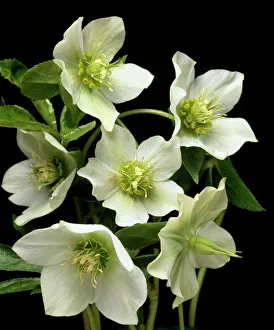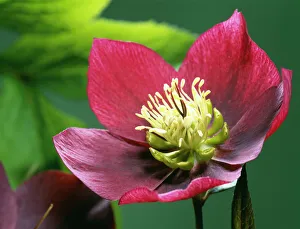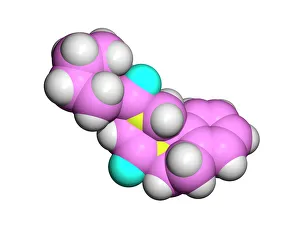Anthelmintic Collection
"Discovering the Power of Anthelmintic: Nature's Answer to Parasitic Troubles" Anthelmintics, also known as dewormers
All Professionally Made to Order for Quick Shipping
"Discovering the Power of Anthelmintic: Nature's Answer to Parasitic Troubles" Anthelmintics, also known as dewormers, are a group of medications or substances that help combat parasitic infections in both humans and animals. In our quest for effective treatments, we often turn to nature's pharmacy, where remarkable plants like Hellebore flowers have been found to possess anthelmintic properties. One such example is the Purple flowered cowhage dolichos (Dolichos pruriens), which has been used traditionally in Ayurveda for its ability to expel intestinal worms. Another natural remedy is common cultivated garlic (Allium sativum), renowned not only for its culinary uses but also for its potential antiparasitic effects. Saintfoin (Onobrychis viciifolia) is another plant worth mentioning due to its anthelmintic properties and has shown promise in combating gastrointestinal parasites and improving overall gut health. Black- or chebulic myrobalan (Terminalia chebula) is an ancient medicinal fruit used extensively in traditional medicine systems like Ayurveda and Traditional Chinese Medicine. Its powerful antimicrobial and anthelmintic qualities make it a valuable weapon against various types of parasites. The stunning Hellebore flower (Helleborus sp. ) deserves special attention as well, with some species believed to possess potent anthelmintic activity. These beautiful blooms may hold the key to unlocking new treatment options against parasitic infections. As we delve deeper into the world of anthelmintics, researchers continue their search for innovative solutions. By studying these natural wonders and combining them with modern science, we hope to develop more effective parasite-fighting drugs like Praziquantel – a widely used medication specifically targeting certain worm infections. While pharmaceutical advancements play a crucial role in fighting parasites, let us not forget the abundant resources nature provides.










